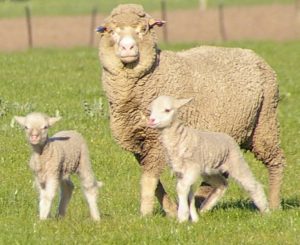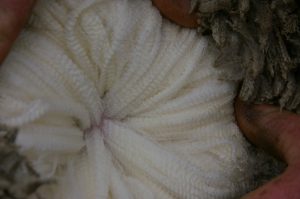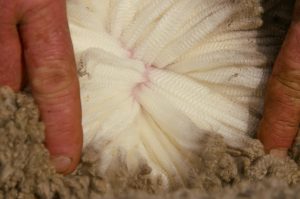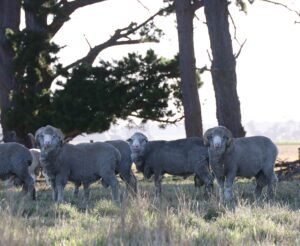Semen available: current Kia Ora Semen Sires Kia Ora 190228 is a top 50 Merino-Superior-Sires-31-21-September-2025-Top-50-Sires 3rd on the Fine Wool Index and 7th for Wool Production.
Available annually are: 18 month poll and horned rams selling from mid February:
- Paddock raised
- Average adult micron 17 (hogget 15)
- Non-mulesed
- Vaccinated for OJD and with 6 in 1
- Drenched before sale
- ASBV’s and SGA indexed
- Larger numbers can be bred under contract if required
- Plain bodied, profitable, thriving in high rainfall with sound, white, bright wool
Intentionally great value. Price: based on Sheep Genetics Finer Wool Index
Indexing <154 $550
Indexing 155 – 179 $770
Indexing > 180 (top 10%) $1800
all other indexes available
For sales, including proven sires, contact Brendan 03 55692079 049011644
Kia Ora Sires entered in Merino Sire Evaluation Trials: Kia Ora 040058 New England 2008 & Balmoral 2009, Kia Ora 060151 Balmoral 2010, Kia Ora 090130 Balmoral 2013, Kia Ora 150608 Balmoral 2019, Kia Ora 190228 Balmoral 2023.
MERINO Ewes
- 5yr old ewes – sold off shears in January.

Kia Ora Merino Wool
We shear at 9-10 months growth and therefore shear in age groups. This helps us supply specific orders. Small batches of raw wool are available to purchase on our ‘SHOP’ page (posted within Australia only).
- Average adult micron 17 (hogget 15)
- ESPwool® production plan followed -Ethical, Sustainable, Profitable
- Fully traceable. AWEX WoolClip app used and RFID/QR codes on all bales
- Accredited for the Responsible Wool Standard and an Authentico supplier
- White and bright- grown in a high rainfall area
- Zero tolerance for fleece rot/ unscourable colour
- Unmuelsed
- Can be classed to your specific requirements.
Please feel welcome to contact us if you have any queries or specific requests

Grown by nature, it takes ten months of soil, plants, people and animals working in unison, to create this magical fibre.
“Wool grown in the Western District has a distinctive bloom; it is white, stylish, free of burr fault, shafty, very light in condition, and soft handling. Most is of the Choicest Fleece to Super type, denoting good breeding, careful husbandry, and sound conditions for wool growing”.
Harmworth, T. & Day, G., ‘Wool & Mohair”, 2nd ed., Inkata Press, Melbourne, 1990. Pp 119, 122


